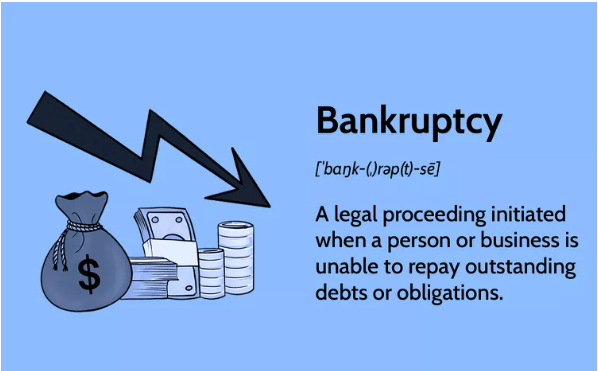The Impact of Bankruptcy on Your Credit Score (and Recovery Steps)
Filing for bankruptcy is one of the most challenging financial decisions someone can make. It can offer a fresh start by clearing or restructuring overwhelming debt but it also comes with serious consequences for your credit score and financial reputation. The good news? debt isn’t the end of your financial journey. With the right steps, you can recover and rebuild your credit over time.
How Bankruptcy Affects Your Credit Score
When you file for debt, it signals to lenders that you’ve had significant difficulty managing your debts. As a result, your credit score will take a substantial hit. Here’s what you need to know:
-
Credit Score Drop: debt can cause your score to fall by 150–240 points (sometimes more), depending on your starting score.
-
Length of Impact:
-
Chapter 7 debt (liquidation) stays on your credit report for 10 years.
-
Chapter 13 bankruptcy (repayment plan) stays on your report for 7 years.
-
-
Loan & Credit Approval: You may struggle to qualify for new loans or credit cards immediately after filing. If approved, expect higher interest rates and less favorable terms.
-
Employment & Housing: Some employers and landlords may check your credit, and a bankruptcy could be a negative factor in their decision-making process.
Life After Bankruptcy: Recovery Is Possible
Although bankruptcy leaves a mark, it doesn’t mean you’re financially doomed forever. In fact, many people bounce back and rebuild strong credit profiles within a few years. The key is to take intentional steps to show lenders that you’ve regained control of your finances.
6 Steps to Rebuild Credit After Bankruptcy
1. Check Your Credit Reports
After your bankruptcy is discharged, review your credit reports (from Equifax, Experian, and TransUnion) to ensure that debts included in the bankruptcy show as discharged or settled. Dispute any errors you find.
2. Create a Budget and Stick to It
Bankruptcy often stems from financial strain or mismanagement. Creating a realistic budget helps you avoid falling back into debt and shows lenders you’re responsible with money.
3. Start with a Secured Credit Card
A secured credit card requires a refundable deposit and is one of the easiest ways to begin rebuilding credit. Make small purchases and pay your balance in full each month to demonstrate responsible use.
4. Consider a Credit Builder Loan
Some banks and credit unions offer credit builder loans designed to help rebuild credit. Your payments are reported to credit bureaus, adding positive history to your profile.
5. Pay All Bills on Time
Payment history makes up 35% of your credit score. Set reminders or automate payments to avoid missing due dates. Even one late payment can hurt your rebuilding efforts.
6. Limit New Credit Applications
Each credit inquiry can lower your score slightly. Apply only for credit you need and focus on building a steady history with one or two accounts.
How Long Until Your Credit Improves?
-
Year 1–2: With consistent positive habits, many people begin to see their score rise again.
-
Year 3–5: Access to better credit cards and loan terms becomes more likely.
-
Year 7–10: The bankruptcy drops off your report (depending on the chapter filed), giving you a clean slate if you’ve maintained good credit practices.
Final Thoughts
Bankruptcy can feel like a major setback, but it doesn’t have to define your financial future. While your credit score will take a hit, with discipline and patience, you can rebuild and eventually thrive again. Think of bankruptcy not as the end, but as an opportunity to reset, learn, and create healthier money habits.


